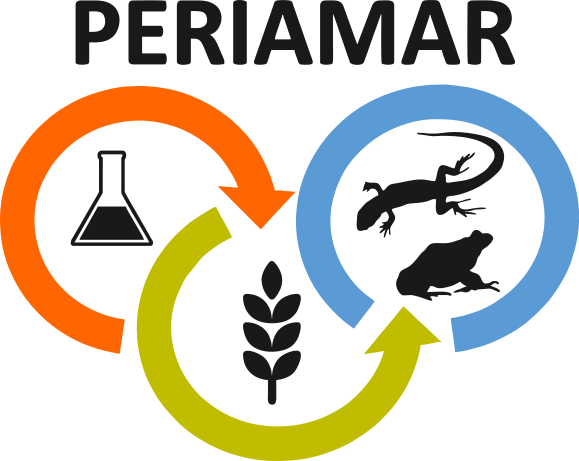 WG1 » Organism-level assessment: toxicity and exposure characterisation
WG1 » Organism-level assessment: toxicity and exposure characterisation
Intro
WG1. Leader: Andreas Focks.
- Identify all relevant exposure routes of amphibians and reptiles to pesticides.
- Identify the factors influencing toxicity of the different substances on amphibian and reptilian species and response variability among life stages.
- Develop, validate and propose new test methods or endpoints for toxicity assessment in herpetofauna which may be included into existing standardized tests or proposed as new test protocols.
- an martel
- Anamarija Zagar
- Andreas Focks
- Andreu Rico
- Blagovesta Dimitrova
- Branka Gavrilović
- Bruno Bekić
- Cecilia Berg
- Daniele Marini
- David Du Pasquier
- Dirk Nickisch
- Duško Blagojević
- Filiz Kaya
- Frances Orton
- Ilaria Bernabò
- Isabel Lopes
- Jan Sadowski
- Jane Ebsen Morthorst
- Johann Zaller
- Kastriot Korro
- Laurent Boualit
- Lennart Weltje
- Lidija Polović
- Manuel Ortiz
- María Victoria Pablos
- Marta Monteiro
- Mathieu Denoël
- Miguel Oliveira
- Olga Jovanovic Glavas
- Oliver Körner
- Palma Simoniello
- Philippe Berny
- Rachel Sharp
- Rosaria Scudiero
- Rreze Gecaj
- Samuel González López
- Simeon Lukanov
- Sladjan Pavlović
- Sofie Svanholm
- Svetlana Despotović
- Tatjana Andjelkovic
- Tijana Radovanović
- Valbona Aliko
- Valentin Mingo
- Vassilis Litskas
Tasks
Task 1.1. Assessment of exposure routes of amphibians and reptiles to pesticides
Amphibians and reptiles may become exposed to pesticides after their intended uses by different routes, either in the aquatic or terrestrial environment. Current pesticide ERA does not consider the integration of different routes to estimate exposure levels, as organisms usually assessed are assumed to be mostly exposed through a single route (e.g. dietary in birds or mammals, waterborne in fish). It becomes necessary to determine the relative importance of different exposure routes for the integrated toxicity outcome, including ingestion or dermal uptake of contaminants in the water, sediment or contaminated substrates, consumption of contaminated prey, overspray and inhalation. For amphibians, assessing exposure from multiple routes is particularly important because of their life cycle including an aquatic and a terrestrial stage.
Task 1.1. Leader: Andreas Focks, Andreu Rico.
Task 1.2. Extrapolation of pesticide toxicity in amphibians and reptiles from sub-organismal level to apical effects
Toxicity assessment in ERA is based on apical effects with direct influence on individual and population growth, development, reproduction and survival. Amphibians and reptiles comprise a wide variety of organisms and life histories often involving dramatic physiological modifications during their lifetime. Depending on species, sex, age, or life stage, some molecular or physiological responses may be especially sensitive to certain substances and hence can be used as early indicators of apical effects. Also, exposure at a certain time can result in delayed effects appearing after exposure termination.
Task 1.2. Leader: Cecilia Berg.
Task 1.3. Development of test methods with amphibians and reptiles
When toxicity assessment based on surrogate organisms does not allow prediction of hazards to herpetofauna, tests methods for amphibians or reptiles focusing on those aspects of toxicity assessment not currently covered will be developed and validated. A possible example would be the necessity of methods to investigate reproductive toxicity in amphibians and reptiles addressing the most sensitive endpoints and critical exposure windows in the life cycle, in order to generate valuable toxicity data for the ERA.
Task 1.3. Leader: David Du Pasquier.
